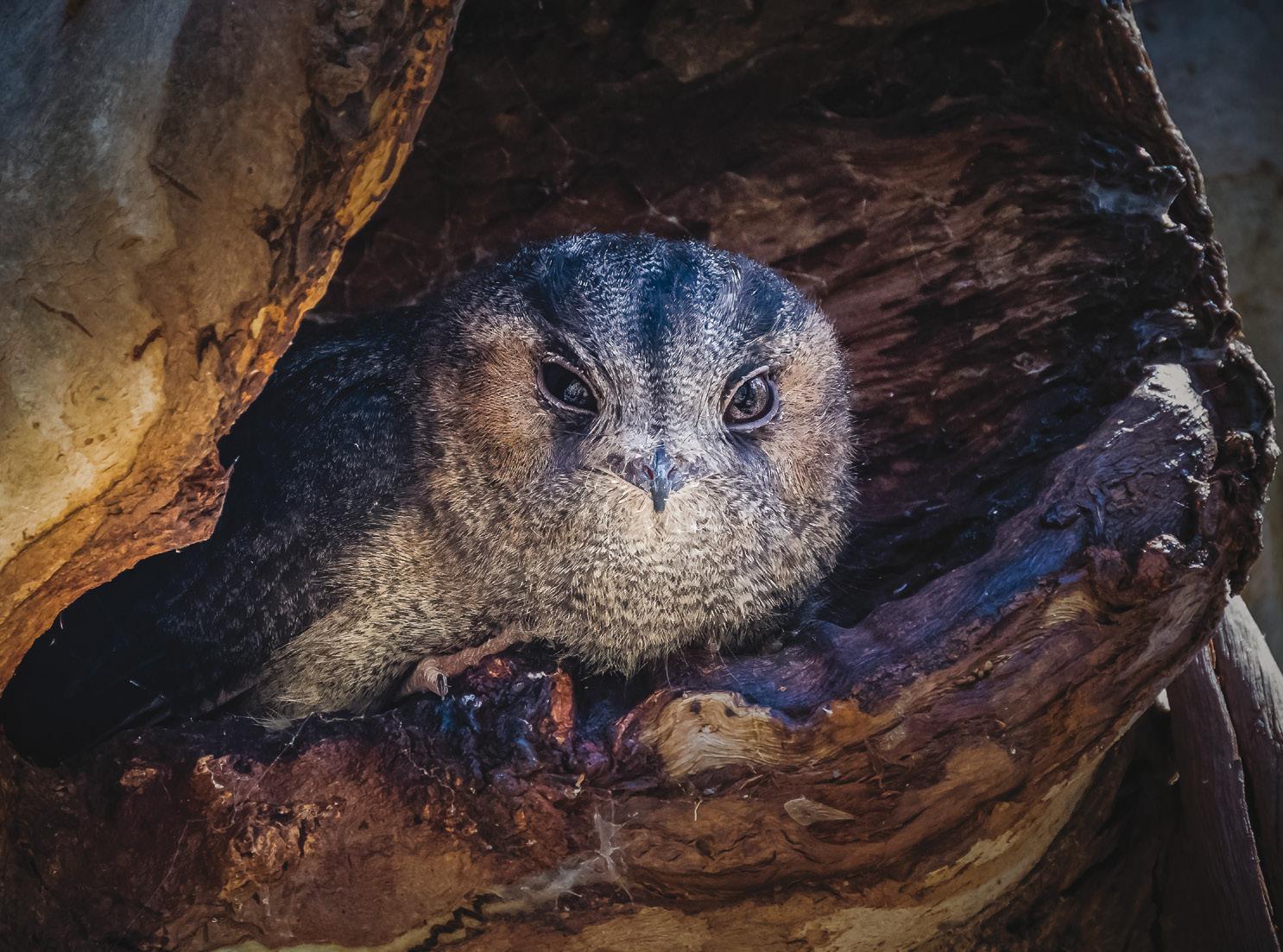
3 minute read
Australian Botanic Garden
Scarlet Honeyeater (Myzomela sanguinolenta)
FAIR-WEATHER FRIENDS
Advertisement
A MEDLEY OF MIGRATORY BIRDS SET UP HOME AT THE AUSTRALIAN BOTANIC GARDEN EACH SPRING. PHOTOGRAPHER GLENN SMITH PROVIDES A FEW POINTERS ON WHICH SPECIES TO LOOK OUT FOR.
Paper daisies and bright native flowers are not the only things that add a dash of colour to the Australian Botanic Garden each spring. Many of the migratory birds that arrive for the warmer months are also looking their best as they vie to attract suitable mates.
One of the brightest is the Scarlet Honeyeater (Myzomela sanguinolenta). You will normally hear these birds before you see them, but the best places to look are in Casuarina trees near the bird hide at the edge of Lake Nadungamba, in the Cumberland Plain Woodland’s gum trees, and across the Connections Garden and Banksia Garden.
If you are near any of the main lakes at the Garden, keep an eye out for the Latham’s Snipe (Gallinago hardwickii), which can be found hiding in the reeds or on the mud flats. At first glance you might think you have spotted a duck because of their body shape, but they have a long slender bill. The Latham’s Snipe is one of the more well-travelled visitors to the Garden, in winter they migrate to Japan, returning to Australia in time for summer.
The Garden also becomes home to the Sacred Kingfisher (Todiramphus sanctus), which looks like a smaller and more colourful cousin of the Kookaburra. You’ll find them near the bird hide along the lake, in the woodland near the Australian PlantBank, and around the small creek near the Banksia Garden.
The Dollarbird (Eurystomus orientalis) travels down to the Garden from New


Guinea and can usually be found in the woodland areas and the Wattle Garden. In the last few years a pair has been nesting in a large tree just off the car park in the Wattle Garden – a reminder of the importance logs, hollows and dead trees play in our eco-system.
Also making its way from New Guinea (and Indonesia) is the Channel-billed Cuckoo (Scythrops novaehollandiae), whose loud and echoing call reverberates through the woodland. These birds lay their eggs in the nests of other species – such as currawongs, raven magpies and magpie-larks – and you will often hear them being noisily chase off by unwilling hosts. The Shining Bronze Cuckoo (Chrysococcyx lucidus) has the same modus operandi, but prefers to target the nests of Thornbills and Fairy-wrens. You’ll find them in the same locations.
The Bailon’s Crake (Porzana pusilla) is one of the smaller wetland birds that visit the Garden's lakes, where it can be found in the reeds. These birds are quite small so easily missed but they are in fact one of the more colourful species – even if it's different shades of brown.
This is just a small snapshot of the wildlife that can be found in the Garden, and you never know what you might spot during a visit.
On recent bird photography workshops we were lucky enough to catch site of a Powerful Owl in the thick canopy of the Connections Garden, and a tiny Australian Owlet-nightjar peering out of a hollow.
While you’re admiring the Gardens, just remember to look up.


More information about the birds that visit the Australian Botanic Garden is available on Glenn’s Facebook page, which now features images of more than 155 species. Go to facebook.com/botabgma
Bailon’s Crake (Porzana pusilla)
Sacred Kingfisher (Todiramphus sanctus) The Shining Bronze Cuckoo (Chrysococcyx lucidus)
Australian Owlet-nightjar (Aegotheles cristatus)










